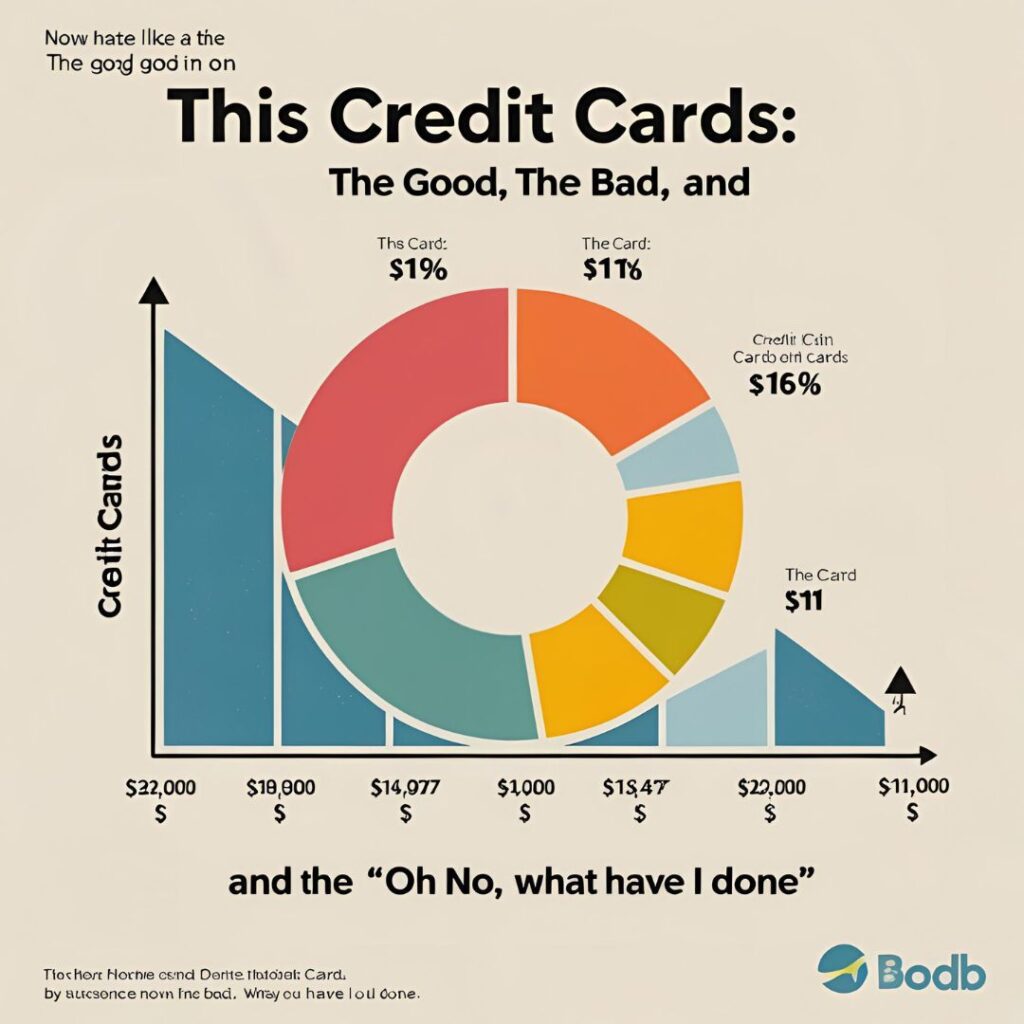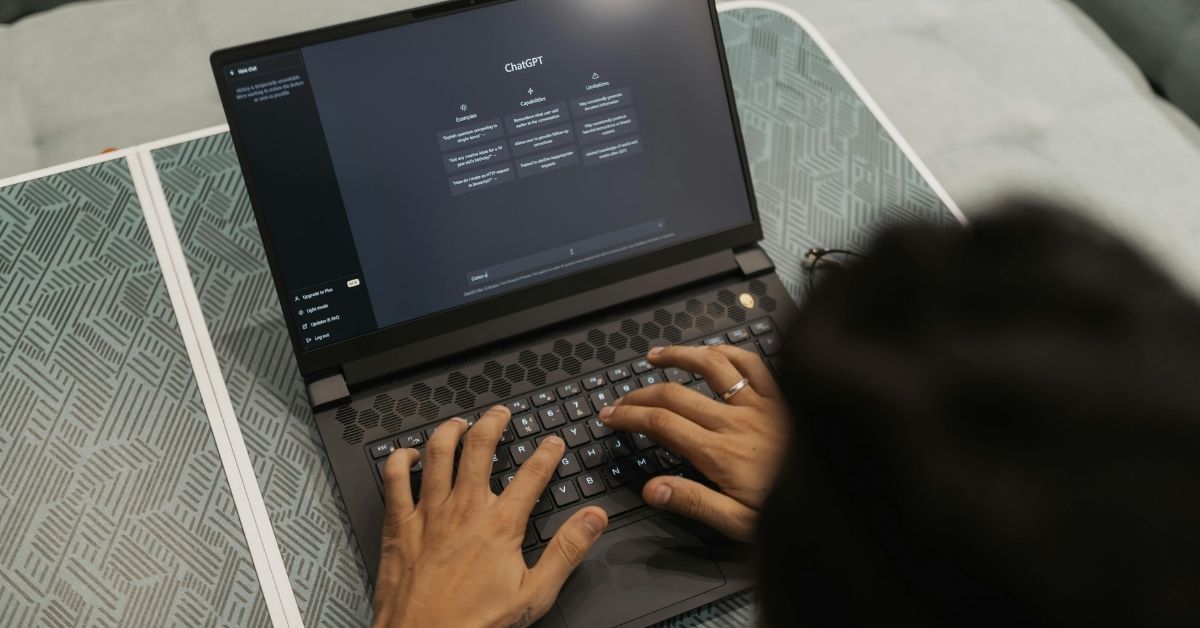I’ll start with a confession: last month, I checked my bank balance and literally said “oof” out loud. In public. At a coffee shop. The barista gave me a sympathy look.
If you’ve ever had that moment where you’re doing mental math in the grocery store checkout line, wondering if you can afford both milk AND bread, this one’s for you. No fancy financial advisor speak here – just honest advice from someone who’s been there.
Just read this about money management tips!!..well..if you want to..

The Uncomfortable Truth About Money (And Why We’re All Messy)
Here’s something nobody talks about enough: most of us have a weird relationship with money. We’ll spend twenty minutes researching the best phone case but won’t look at our bank statements for months. We’ll split a dinner bill down to the last rupee with friends but have no idea where our salary actually goes each month.
I get it. Money feels overwhelming, boring, and somehow both too important and not important enough at the same time.
But here’s what I’ve learned after years of financial fumbling: you don’t need to become a spreadsheet wizard overnight. You just need to start somewhere, and that somewhere is usually just paying attention.
Start tracking your money. I know, I know – it sounds about as fun as watching paint dry. But try it for just one week. Use whatever works – your phone’s notes app, a banking app like Walnut, or even just writing it down on paper. The goal isn’t perfection; it’s awareness.
When I first did this, I discovered I was spending almost ₹3,000 a month on food delivery. Three thousand rupees! I could have taken a nice weekend trip with that money. The realization stung, but it also motivated me to change.
Making a Budget That Actually Works (Without Wanting to Cry)

Budgeting has a terrible reputation because most people approach it like a punishment diet. “I can never eat out again!” “No more shopping!” “I must live like a monk!”
That’s not budgeting – that’s self-torture.
Think of budgeting more like being the manager of your own money. You’re not restricting it; you’re directing it. Every rupee that comes in should have a job, whether that’s paying rent, buying groceries, or funding your weekend plans.
The 50-30-20 rule is a good starting point: 50% for necessities (rent, utilities, groceries), 30% for things you enjoy (eating out, entertainment, that book you’ve been wanting), and 20% for savings or debt payments.
But honestly? If you’re just starting out, any conscious division of your money is better than none. Even if it’s 60-35-5 or 70-25-5. The important thing is that you’re making intentional choices instead of hoping everything works out.
The Emergency Fund That Actually Saved My Life
Two years ago, my laptop died. Not gradually, not with warning signs – it just straight up refused to turn on one Tuesday morning. I had a project deadline that Friday.
Old me would have panicked, put a new laptop on a credit card, and stressed about the debt for months. But I had started building a small emergency fund six months earlier – nothing fancy, just ₹1,000 a month that I transferred to a separate savings account and tried to forget about.
That fund saved me from a financial spiral and a lot of stress-induced headaches.
Start small if you need to. Even ₹500 a month adds up faster than you think. Keep it somewhere you can access it but not somewhere you’ll “accidentally” spend it on impulse purchases. A separate savings account works well, or even a fixed deposit that you can break if needed.
Credit Cards: The Good, The Bad, and The “Oh No, What Have I Done”

I have a love-hate relationship with credit cards. They’re incredibly useful – I get cashback on groceries, can handle unexpected expenses, and they help build credit history. But they’re also really good at making you feel like you have more money than you actually do.
Here’s what I wish someone had told me earlier: a credit card is essentially you borrowing money from future you. And future you has to pay it back, with interest.
If you’re carrying credit card debt right now, you’re not alone. I’ve been there too. The key is picking a strategy and sticking with it:
The Snowball Method: Pay minimums on everything, then throw extra money at the smallest debt first. It’s not mathematically optimal, but the psychological wins keep you motivated.
The Avalanche Method: Pay minimums on everything, then attack the highest interest rate debt first. Saves more money in the long run.
I’m a snowball person myself – I need those small victories to keep going. Choose whatever method you’ll actually stick with.
Investing Without Losing Your Mind
For the longest time, I thought investing was only for people who wore suits to work and understood what “market volatility” meant in casual conversation. Turns out, that’s not true at all.
You don’t need to day trade or pick individual stocks (please don’t – it’s basically gambling with extra steps). Simple, boring investments often work best.
I started with SIPs (Systematic Investment Plans) – basically, you invest a fixed amount every month into mutual funds. It’s like a recurring deposit, but instead of sitting in a bank account earning tiny interest, your money is invested in the stock market.
₹500 or ₹1,000 a month is enough to start. Index funds are good for beginners because they’re diversified and have low fees. PPF and ELSS are great if you want tax benefits too.
The hardest part about investing is not checking your portfolio every day and panicking when it goes down. Markets fluctuate – that’s what they do. But over long periods, they generally trend upward.
Learning About Money Without Falling Asleep
Financial education doesn’t have to mean reading dry textbooks or watching boring lectures. There are actually people out there making money topics interesting and accessible.
I love “The Psychology of Money” by Morgan Housel – it’s less about formulas and more about understanding why we make the financial decisions we do. The “Paisa Vaisa” podcast explains Indian financial concepts without making you feel stupid for not knowing them already.
YouTube channels like Rachana Ranade and Pranjal Kamra break down complex topics into digestible videos. Even Instagram has finance creators who share tips in story format.
The goal isn’t to become a financial expert overnight. It’s to gradually build your knowledge so money feels less scary and more manageable.
Small Wins Matter More Than You Think

Here’s something I’ve learned: celebrating small financial victories is crucial. Paid an extra ₹500 toward debt? That’s worth acknowledging. Resisted an impulse purchase? Give yourself credit. Created your first budget and stuck to it for a week? That’s genuinely impressive.
We’re so focused on big milestones – buying a house, having lakhs in savings – that we forget to appreciate the daily choices that get us there.
Last month, I realized I had gone two weeks without ordering food delivery. It wasn’t because I was depriving myself; I had just gotten better at meal planning. Small change, but it saved me money and made me feel more in control.
You’re Not Broken, You’re Just Learning
If your finances feel messy right now, that’s okay. Most of us weren’t taught this stuff in school, and we’re all figuring it out as we go along.
The people who seem to have it all together? They probably made plenty of mistakes too. The difference is they kept trying, kept adjusting, and gradually built better habits.
Your financial journey doesn’t have to be perfect. It just has to be yours, and it has to start somewhere.
Maybe that somewhere is tracking your expenses for one week. Maybe it’s setting up an automatic transfer of ₹500 to savings. Maybe it’s just reading one article about investing without your eyes glazing over.
Whatever your first step is, take it. Your future self is rooting for you, and honestly, so am I.
The Bottom Line
Getting your finances together isn’t about becoming a different person overnight. It’s about making slightly better choices consistently and being patient with yourself while you learn.
Track your spending, make a basic budget, start an emergency fund, handle debt strategically, invest simply, and keep learning. None of these steps are complicated on their own – it’s the combination and consistency that creates real change.






It’s really a nice and helpful piece of information. I’m satisfied that you just shared this useful information with us. Please stay us informed like this. Thank you for sharing.
I’ve been absent for some time, but now I remember why I used to love this website. Thank you, I will try and check back more frequently. How frequently you update your site?
Some genuinely interesting info , well written and broadly speaking user genial.